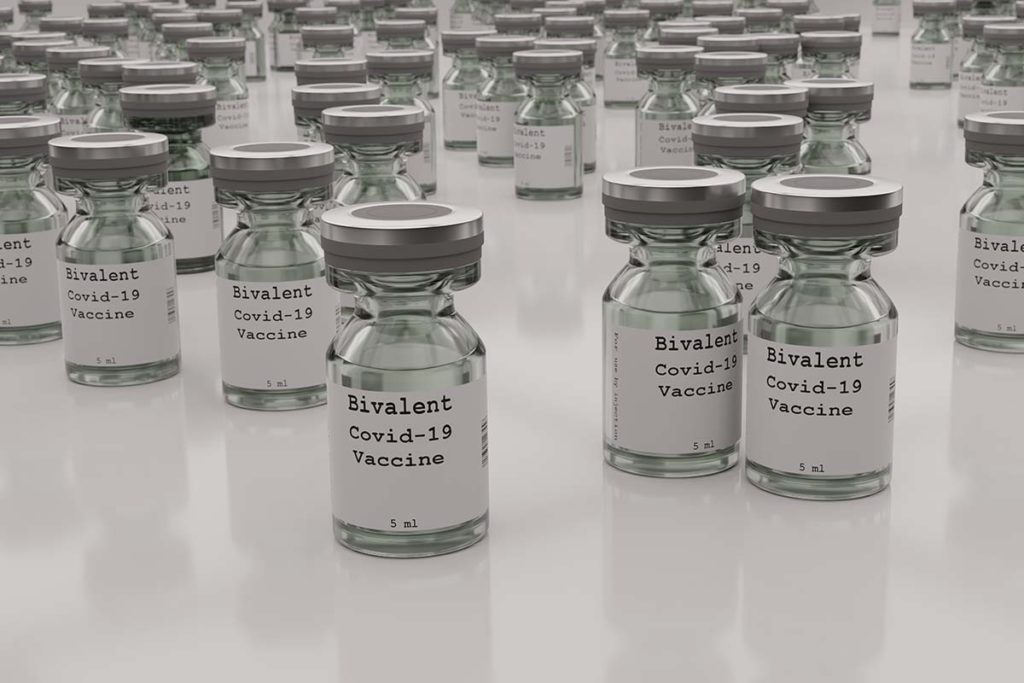You’ve likely heard the new bivalent COVID boosters are here. But what are they? Who needs them? When should you get one?
Here’s everything you need to know about the boosters right now, from our UVA Health infectious disease experts.
What’s a Bivalent COVID Booster?
Have Questions About Vaccination?
Read through our COVID-19 FAQs and learn how to schedule your vaccination at UVA Health
“Bivalent” means it works against both the original COVID-19 virus and omicron BA.4 and BA.5.
It better protects against BA.4 and BA.5, which are causing most cases of COVID in the U.S. right now. Experts predict they will keep circulating in the fall and winter.
Where Can I Get a Bivalent COVID Booster?
To find a bivalent COVID booster near you, search vaccines.gov.
Who Can Get It?
You can get Moderna if you’re 18 or older and Pfizer-BioNTech if you’re 12 or older.
To get either shot, you must be 2 months out from your last booster or from finishing primary vaccination. Primary vaccination means:
- 2+ doses of Moderna or Pfizer
- 1 dose of Johnson & Johnson
- 2 doses of Novavax
When’s the Best Time to Get My Booster?
If you’re 2-3 months or more out from your last dose or from having COVID, now is the best time.
If you’ve recently had COVID, you can get boosted after you don’t have symptoms and finish your isolation period. Immunity drops off at the 2-3 month mark, so you may consider waiting until then for a booster.
“I actually had COVID at the end of August,” says Taison Bell, MD, director of the medical ICU, shares. “I’m going to delay by about 2-3 months. So we’re looking at late October, early November for me to get the vaccine. Then I’m set up well going into the winter.”
Can I Get a Moderna Booster if I Originally Got the Pfizer Vaccine? And Vice-Versa?
Yes. You don’t have to stick with Moderna or Pfizer for this booster. You can get Pfizer if you had Moderna before and vice-versa.
Why Should I Get Another Shot?
This bivalent COVID booster gives the best protection against omicron BA.4 and BA.5, which are causing the most cases of COVID right now and are expected to circulate widely this fall and winter.
That means you’re less likely to wind up in the hospital or die if you get COVID. You’re also less likely to get long COVID.
Additionally, you’re reducing the risk to people around you. That includes people who are older, immunocompromised, or have chronic conditions — all have an elevated risk of severe COVID.
